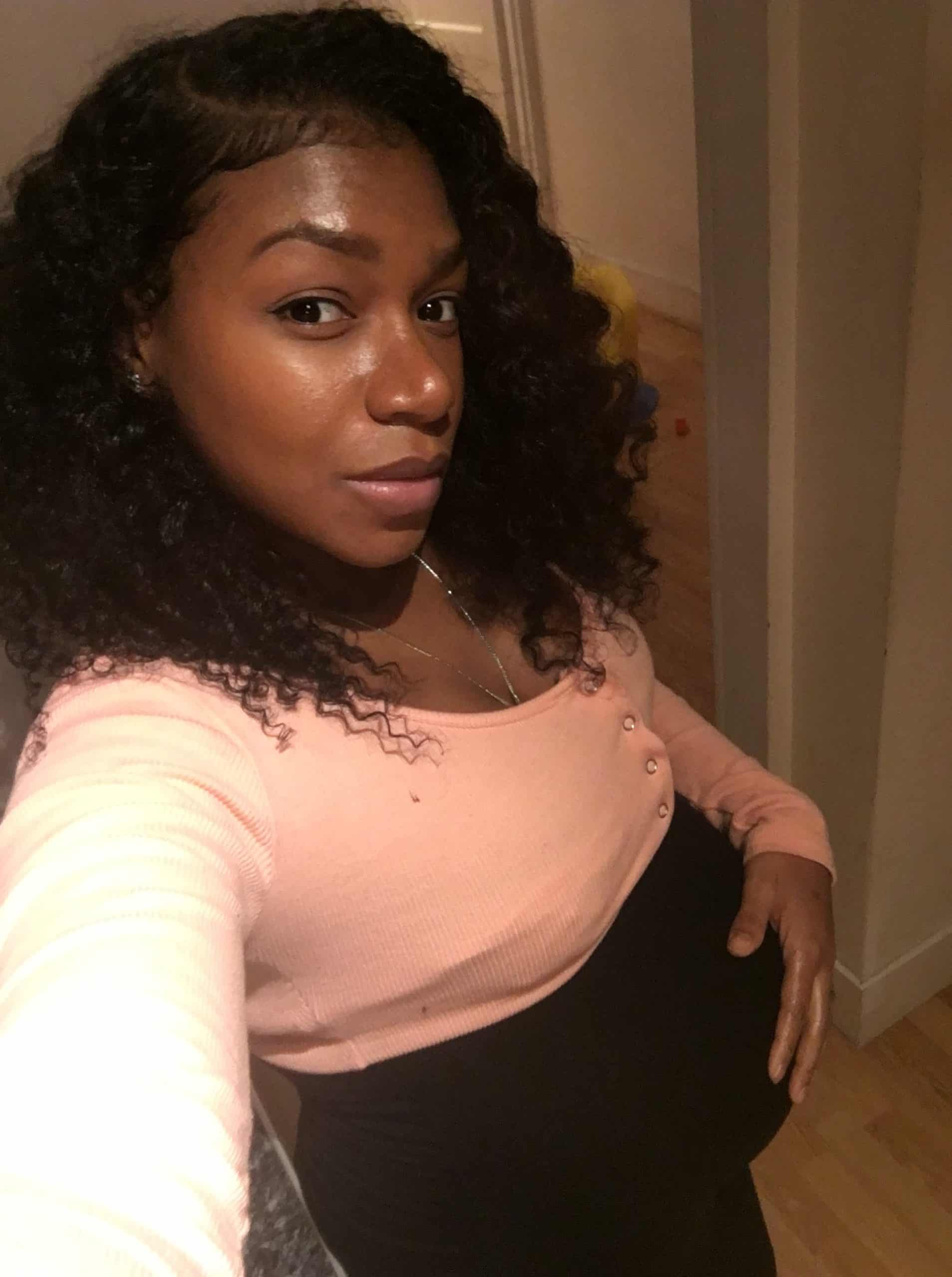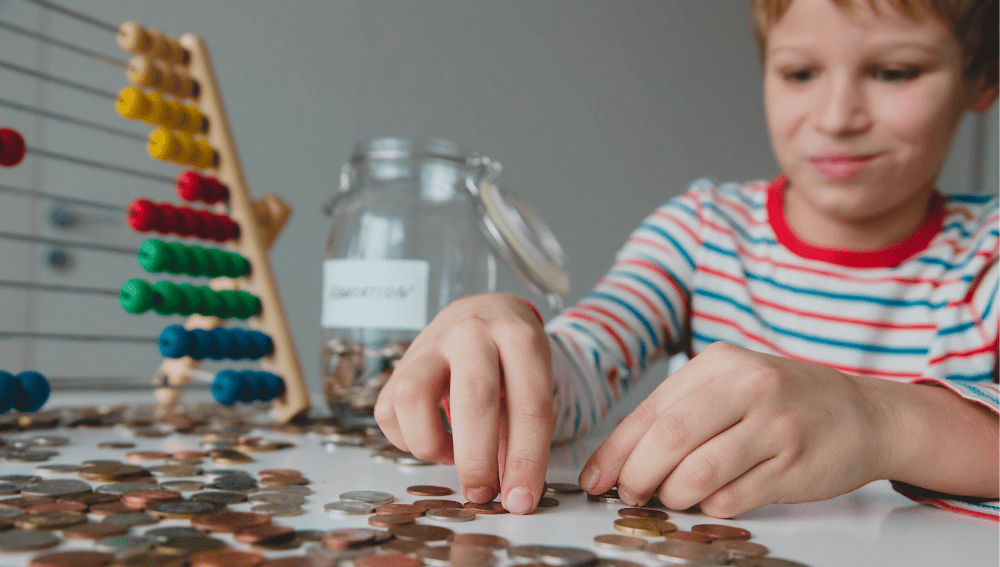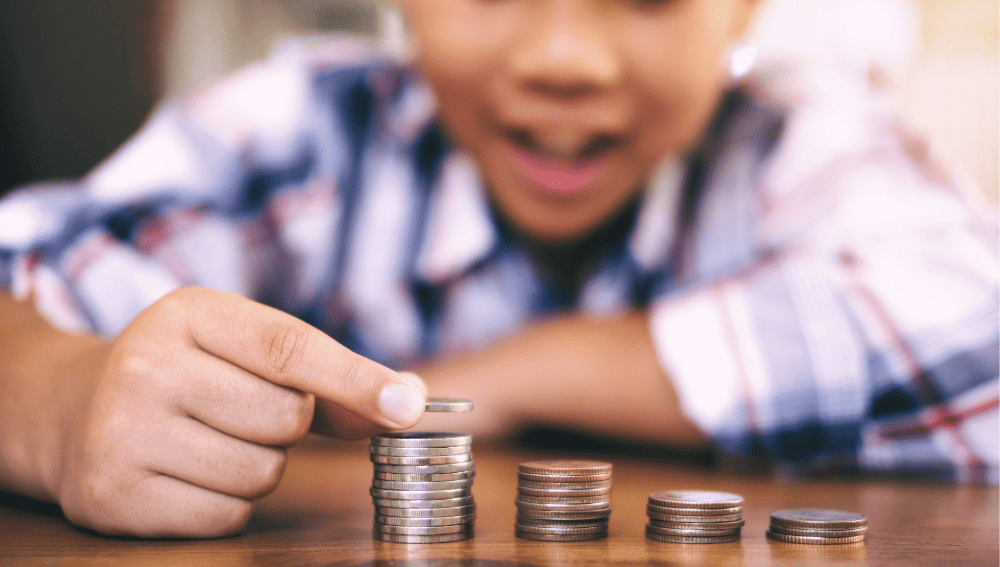Counting money is a fundamental skill that children need to learn early on in life. It is important to teach children how to count money to help them understand the value of money and how to manage it properly.
By teaching children to count money, they will be able to make informed decisions about spending and saving.
Understanding the basics of money is the first step in teaching children how to count money. Children need to know the different denominations of coins and bills, and how to identify them.
They should also be taught the value of each coin and bill, and how to add and subtract them.
Once children understand the basics of money, they can start learning how to count money.
There are several teaching tools and techniques that can be used to help children learn how to count money, such as counting games, worksheets, and flashcards. Sorting and recognizing coins is also an important part of learning how to count money.
Key Takeaways
- Understanding the basics of money is essential for teaching children how to count money.
- Teaching tools and techniques such as counting games, worksheets, and flashcards can be used to help children learn how to count money.
- Sorting and recognizing coins is an important part of learning how to count money.
Learn more in a different post: How To Teach Toddler Not to Hit
Understanding the Basics of Money
When it comes to teaching a child how to count money, it’s important to start with the basics. Understanding the different types of coins and bills is the first step in recognizing the value of money.
In the United States, currency comes in the form of bills and coins. Bills are printed on paper and come in denominations of $1, $5, $10, $20, $50, and $100. Coins come in denominations of 1 cent (penny), 5 cents (nickel), 10 cents (dime), and 25 cents (quarter).
To help a child recognize the different coins, it’s important to teach them the features that distinguish them from one another. Pennies are copper-colored and have Abraham Lincoln’s face on the front.
Nickels are silver-colored and have Thomas Jefferson’s face on the front. Dimes are the smallest in size and have Franklin D. Roosevelt’s face on the front. Quarters are the largest in size and have George Washington’s face on the front.
It’s also important to teach a child how to recognize the value of each coin. A penny is worth 1 cent, a nickel is worth 5 cents, a dime is worth 10 cents, and a quarter is worth 25 cents. To help with recognition, you can create flashcards with pictures of each coin and its value.
Once a child can recognize each coin and its value, it’s time to move on to counting. Start with small amounts, such as counting a handful of pennies or nickels.
Encourage the child to group the coins by their value, such as grouping five pennies together to make a nickel.
With practice and repetition, a child can become confident in recognizing and counting money. It’s important to make it a fun and interactive experience, using games and real-life situations to reinforce their understanding.
Also read: How To Teach A Child To Ski
Learning to Count Money
Counting money is a fundamental skill that children need to learn in order to develop financial literacy. Here are some tips on how to teach a child to count money:
Start with Basic Concepts
Before diving into counting coins, it is important to teach children the basic concepts of money. This includes understanding the value of each coin and bill, as well as how to recognize them.
To help with this, parents can create a visual aid such as a chart or flashcards.
Practice Skip Counting
Skip counting is a useful technique for counting money quickly and accurately. Children can practice skip counting by counting by 5s, 10s, and 25s. For example, when counting quarters, they can count by 25s instead of counting each individual coin.
Use Real Coins
Using real coins is a great way to help children learn how to count money. Parents can give their child a jar of coins and have them count it, or use coins during role-playing games to make it more fun and engaging.
Counting On
Counting on is a mental math strategy that can be used to count money. This involves starting with the largest coin or bill and counting up from there. For example, when counting $1.45, the child would start with the dollar bill and count on 45 cents.
Emphasize Accuracy
While speed is important, accuracy is key when it comes to counting money. Encourage your child to take their time and double-check their work to ensure they are counting correctly.
By following these tips, parents can help their child develop the skills they need to count money confidently and accurately.
Teaching Tools and Techniques
Teaching kids to count money can be a fun and engaging activity that also helps them develop important math skills.
Here are some teaching tools and techniques that can help make the learning process more effective:
Real-World Scenarios
One of the best ways to teach kids about money is to use real-world scenarios. Take them to the grocery store and have them help you count out the change at the cash register.
You can also give them a budget and have them shop for items, calculating the cost and making sure they have enough money to pay for everything.
Games and Activities
Games and activities can make learning about money more fun and engaging. Coin counting games, for example, can help kids learn to identify and count different coins.
Printable money worksheets with an answer key can also be a useful tool for practice counting money. You can also use money apps that simulate real-life scenarios to help kids practice their money skills.
Visual Reminders
Visual reminders can help kids remember the value of different coins and bills. For example, you can create a chart that shows the value of each coin and bill, along with a picture of what it looks like.
You can also use plastic coins and bills to help kids visualize the different denominations.
Hands-On Practice
Hands-on practice is essential for teaching kids about money. You can use fake money or create a balance to help kids learn about adding and subtracting money.
You can also create math activities that involve decimals and money, such as having kids calculate the total cost of a meal at a restaurant.
Overall, teaching kids to count money requires patience, creativity, and a willingness to make learning fun. By using these tools and techniques, you can help your child develop the math skills they need to succeed in school and in life.
Sorting and Recognizing Coins
One of the first steps in teaching a child to count money is to help them recognize the different types of coins and bills. This section will focus on sorting and recognizing coins.
To start, it’s important to explain to the child the different values of coins and their corresponding sizes, shapes, and colors. For example, the penny is brown and the smallest coin, while the nickel is larger and silver in color. The dime is the smallest silver coin, and the quarter is the largest silver coin.
Once the child understands the differences between the coins, you can move on to sorting them. You can use a sorting tray or a simple piece of paper with circles drawn on it to represent each coin. Have the child sort the coins into the appropriate circles based on their value.
To make the sorting process more fun, you can turn it into a game. For example, you can time the child to see how quickly they can sort the coins, or you can challenge them to sort a certain number of coins in a set amount of time.
Another way to help the child recognize coins is to have them practice counting them. You can use flashcards with pictures of the coins and their values, or you can use real coins to practice counting. Have the child count the coins and then tell you how much money they have.
Overall, sorting and recognizing coins is an important first step in teaching a child to count money. By helping them understand the differences between the coins and practicing sorting and counting them, you can set them on the path to becoming confident and knowledgeable about money.
The Importance of Financial Education
Financial education is crucial for children to learn early on in life. It teaches them how to manage money, save for the future, and make informed financial decisions.
By learning about financial literacy, children can develop the skills they need to become financially responsible adults.
One of the most important aspects of financial education is money management. Children who learn how to manage their money effectively are more likely to make good financial decisions throughout their lives. They will be able to budget their money, save for the future, and avoid debt.
Another important aspect of financial education is understanding the value of money. Children who learn how to count money and understand its value will be better equipped to make informed decisions about spending and saving.
They will be able to understand the difference between needs and wants and make wise choices about how to spend their money.
Financial education also teaches children about the importance of saving. By learning how to save money, children can develop good savings habits that will serve them well throughout their lives.
They will be able to set financial goals and work towards achieving them, whether it’s saving for a new toy or a college education.
In conclusion, financial education is an essential part of a child’s education. By learning about financial literacy, children can develop the skills they need to become financially responsible adults.
They will be better equipped to manage their money, understand its value, and make informed financial decisions.
Frequently Asked Questions
What are some fun activities to teach kids how to count money?
There are several fun activities that parents or teachers can use to teach kids how to count money. Some examples include playing store, creating a pretend bank, and using play money to practice counting and making change.
How can I introduce the concept of money to a first-grade class?
Introducing the concept of money to a first-grade class can be done through a variety of activities, such as reading books about money, playing money-related games, and using real-life examples to teach the value of coins and bills.
What are some effective methods to teach adults how to count money?
Effective methods to teach adults how to count money include using hands-on activities, providing visual aids, and practicing with real money. It is also important to break down the process into smaller steps and provide ample opportunity for practice.
What are the basic steps to count money as a cashier?
The basic steps to count money as a cashier include counting the bills first, then the coins, and adding them together to get the total amount. It is important to double-check the count and make sure that the correct change is given.
What are some age-appropriate ways to teach kids how to count money?
Age-appropriate ways to teach kids how to count money include using play money, creating real-life scenarios, and using visual aids such as pictures and flashcards. It is important to start with the basics and gradually increase the difficulty level as the child progresses.
How can I teach money concepts to a second or third-grade class?
Teaching money concepts to a second or third-grade class can be done through a variety of activities, such as playing money-related games, using real-life examples, and practicing counting and making change.
It is important to tailor the activities to the age and skill level of the students.
Related Post: How To Add Funds to PS4 Wallet for Child?

Iesha is a loving mother of 2 beautiful children. She’s an active parent who enjoys indoor and outdoor adventures with her family. Her mission is to share practical and realistic parenting advice to help the parenting community becoming stronger.




